- Learning time
- 60 minutes
- First play time
- 180 minutes
Ark Nova
Designed by: Mathias Wigge
Ark Nova offers each player the opportunity to build their own zoo. Like many euro-style games, there’s little interaction and a lot of puzzling over options. At heart, there are five basic actions you can choose from each turn. But the order and timing of each action is crucial to success.
The main board basically functions as a card display and two overlapping scoretracks: appeal defines how much income your zoo generates, and conservation what it contributes to the natural habitats of the animals you hope to support. Players begin with a marker at either end of these tracks that move in opposite directions: the end of the game is triggered when anyone gets their markers to meet (or pass one another). There’s a third track too: going up the reputation track gives you more flex in what cards come into your hand, as well as a series of bonuses the further you go.
In front of you is your individual zoo board. During the game, this will fill up with enclosures which you can populate with animals. How do you go about it? Well, everyone has five action cards that do five distinct things: building enclosures, filling them with animals, playing sponsors, taking association actions, and getting more cards. Building is pretty simple: pay the cost, and add an enclosure tile (face-down) to your board. To place animals in them, you play an animal card from your hand and flip the enclosure upright. Sponsors are specific cards that bring benefits. Association actions allow you to place workers – you begin with one, but can get more during the game – on the association board. Rather than list the specific mechanics here and drown you in jargon, let’s just say these are very helpful in broadening your horizons in the game – being able to play more cards, place more workers, choose better cards from the display, and perhaps most importantly contribute to conservation projects, which will push your marker along the conservation track. Finally cards are good because, well: they’re good. Alongside money – which is needed for building enclosures and putting animals in them – cards are the central economy of the game, providing you with the aforementioned animals, sponsors and conservation projects.
Plenty to think about, then, but Ark Nova isn’t finished yet. The action cards occupy five slots beneath your zoo which have a power of 1-5. When you take the action, the slot it currently occupies defines the power of the action: how many cards you can get or play, how much money you can take and so on. Once you’ve finished the action, the card in question drops down to slot one and all the other cards shuffle up a place. So there’s a kind of rhythm – one hopes – to when actions are taken and when they’re ignored, as taking the actions in slot 5 is considerably more powerful than slot one.
Additionally, many animals can’t be added to your zoo unless it already meets certain requirements: fortunately, every animal you add contributes towards a library of icons (at the top of each card) that will help you play more cards in future. For example, playing a Eurasion Lynx card, you need to have two Europe icons in your zoo already – these will appear on animal and sponsor cards. So you go from small beginnings – some hens and a pygmy hippo, say – to larger enclosures and more tropical animals. Each animal you add increases your zoo’s appeal, and also your income.
Certain actions push a break token along the break track, and when it reaches the end it’s like the end of a round: players get income, hand sizes are checked, association workers are returned to you and so on. Then whoever was next in turn order takes their turn and the game continues. When anyone pushes their markers to meet or pass each other, everyone else has one final turn before scores are totted up: in essence, whomever has pushed their markers furthest past one another is the winner.
The guru's verdict
-
Take That!
Take That!
Very little. Some animal cards affect other players by making their actions temporarily more expensive (you can optionally ignore them) and there are a few animal cards that allow you to steal. In the enormous deck, they feature very infrequently.
-
Fidget Factor!
Fidget Factor!
Non-existent playing solo! With 2 or more, there'll be pauses for thought, and with four players particularly three hours is a fairly optimistic play time.
-
Brain Burn!
Brain Burn!
Moderate to heavy. Although you only have those five actions, when you do them is critical, and each play your options will be distinct thanks to the numerous animal, sponsor, and conservation cards.
-
Again Again!
Again Again!
Ark Nova can't be accused of lacking replay value. It's not just the combination of cards, tiles and workers. It's the tactical and strategic depth, both of which are considerable.

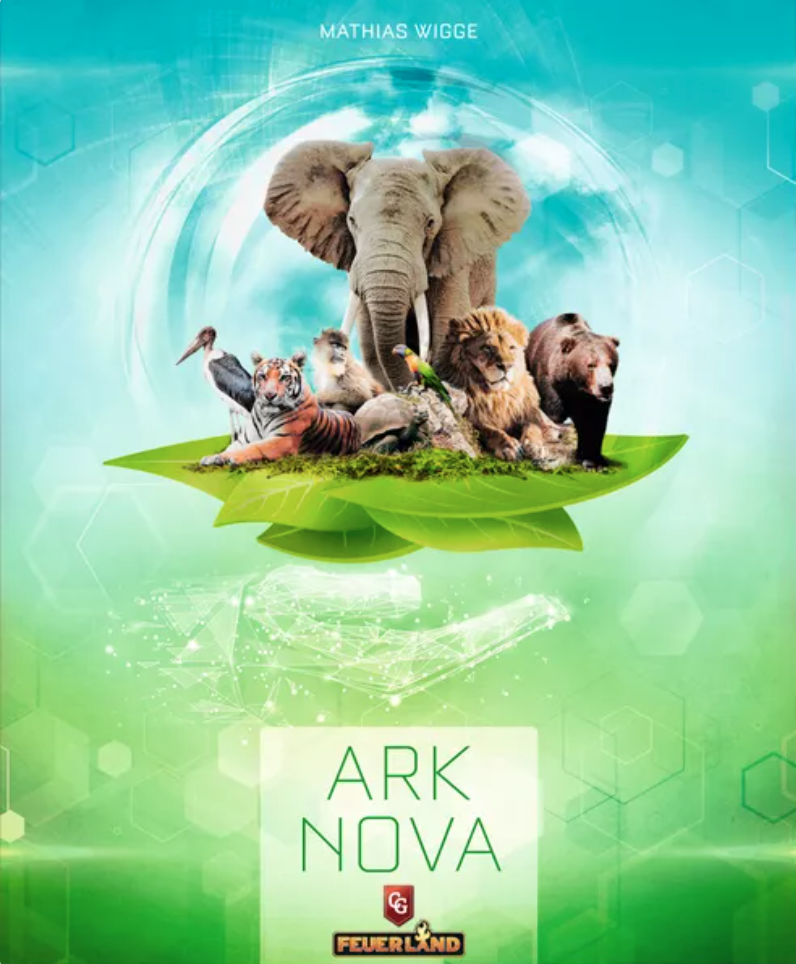
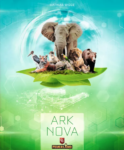
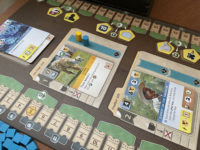
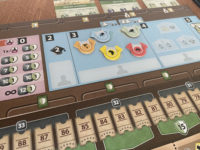

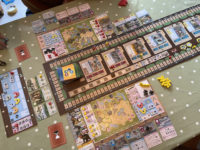


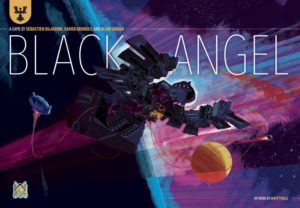
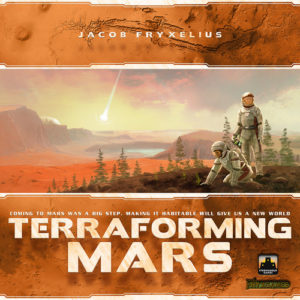
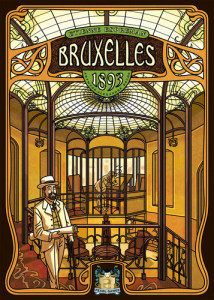

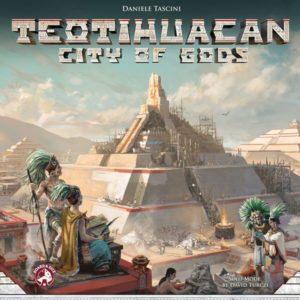
Sam says
Do you like a puzzle? Do you like a puzzle that involves placing workers, laying tiles, and playing some of a deck of over 200 distinct cards? If so, you can add another star onto our rating. Or two. There's so much going on here that we've barely covered the basics, and if you want a heavy cognitive challenge you can play again and again with very little sense of repetition, then Ark Nova may be your grail game. Both Joe and I thoroughly enjoyed it for what it is: a clever, multi-layered, inter-linking and card-synergising design of generating opportunities and taking them. The drawbacks for us aren't really about the learning curve, or weight of iconography to familiarise yourself with. It's more that, outside of a few edge-cases, players have no interaction at all and spend the game enveloped in their own individual concerns before finally looking up to compare scores at the end. For many that won't be a flaw - in fact, many will love that Ark Nova isn't in-your-face or confrontational. You're building a zoo, after all. But it's a long game to do a lot of isolated computation, and play-times will be longer the more players you have. Long, and it's complex. But fun is different things to different people. For those who like the cognitive juggle this may be the most fun of all.